Miami's Architectural Marvels and Heritage
Explore Miami's vibrant culture and stunning architecture on this free walking tour, showcasing the city's rich history and unique landmarks.
Time
3 Hours
Stops
9 Places
Distance
8.8 km
Freedom Tower
Known as the "Ellis Island of the South," the Freedom Tower is an iconic Miami landmark that reflects the city's Cuban heritage.

Freedom Tower (Source: Google Maps)
The Freedom Tower, often referred to as the "Ellis Island of the South," is a historic landmark that symbolizes Miami's significant Cuban heritage. Built in 1925, it served as a processing center for Cuban refugees fleeing to the United States during the 1960s. The tower's architecture is a striking example of Mediterranean Revival style, featuring a 17-story structure adorned with beautiful terra cotta detailing and a prominent clock tower. Today, it houses the Museum of Art and Design at Miami Dade College, and its iconic status is celebrated through various cultural events, making it a central point of pride for the Cuban-American community.
Pérez Art Museum Miami (PAMM)
This contemporary art museum is not only home to an impressive collection of modern art but also an architectural gem designed by Herzog & de Meuron.
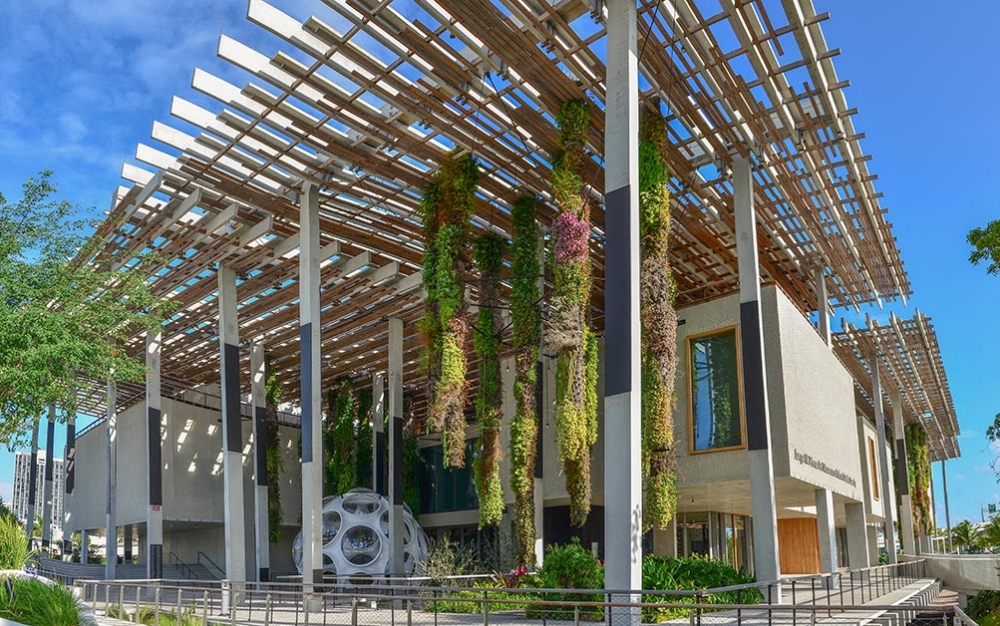
Pérez Art Museum Miami (PAMM) (Source: Google Maps)
The Pérez Art Museum Miami (PAMM), designed by renowned architects Herzog & de Meuron, is a contemporary art museum that beautifully merges art with its stunning architectural design. Opened in 2013, the museum is notable for its innovative use of materials, featuring a hanging garden and vast, open spaces flooded with natural light. PAMM's mission is to engage visitors with modern and contemporary art while reflecting Miami's multicultural community. The museum's collection includes works by significant artists from the Americas, Europe, and Africa, making it a vital cultural hub. Its location along Biscayne Bay offers breathtaking views, further enhancing the visitor experience.
Maurice A. Ferré Park
A beautiful urban park offering stunning views of Biscayne Bay, perfect for a leisurely stroll and a moment of relaxation amidst the tour.
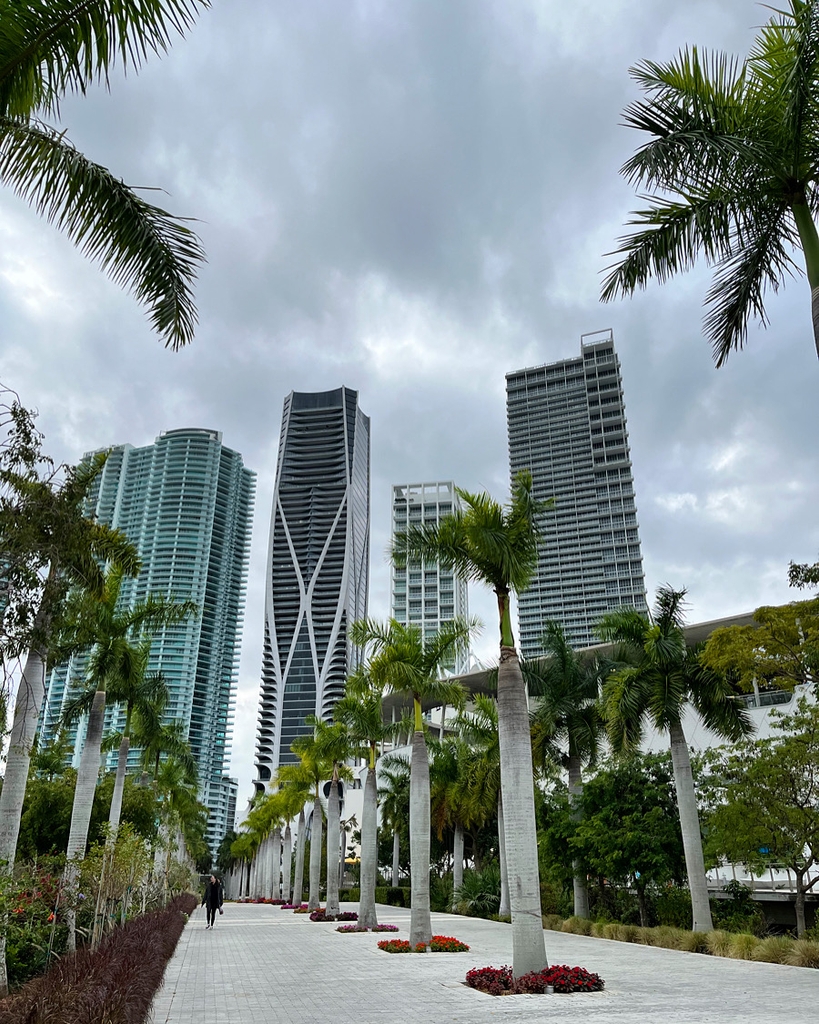
Maurice A. Ferré Park (Source: Google Maps)
Maurice A. Ferré Park is an urban oasis situated along the waterfront of Biscayne Bay. This beautifully landscaped park offers panoramic views of the bay and the Miami skyline, making it a popular spot for both locals and tourists. Named after Miami's former mayor, the park features a variety of walking paths, gardens, and recreational areas, providing a serene escape from the bustling city. The park also hosts various cultural events and festivals throughout the year, celebrating Miami's diverse community. Its proximity to other landmarks makes it an ideal stopping point for relaxation and enjoyment of the natural beauty that Miami has to offer.
Gesu Catholic Church
As the oldest Catholic church in Miami, Gesu Church is a beautiful example of historic architecture and a peaceful place for reflection.

Gesu Catholic Church (Source: Google Maps)
Gesu Catholic Church, established in 1896, is the oldest Catholic church in Miami and a significant historical landmark. The church exemplifies beautiful historic architecture with its stunning stained glass windows and intricate woodwork. The interior is adorned with religious artworks and sculptures that reflect the church's rich heritage. Gesu Church serves as a spiritual home for many Miami residents and is a place for reflection and community gatherings. Its central location makes it a prominent feature in Miami's cultural landscape, and it plays a vital role in the city's religious and social life, hosting various events and services throughout the year.
Miami Tower
A striking example of Miami's modern skyline, the Miami Tower is notable for its changing LED lighting and postmodern architecture.
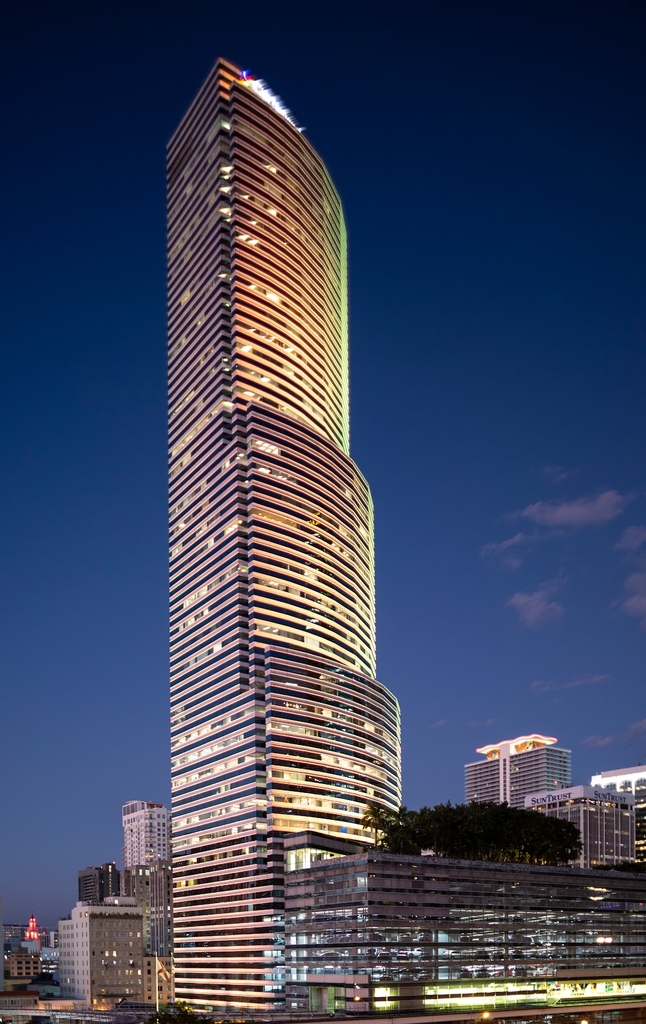
Miami Tower (Source: Google Maps)
Miami Tower, a striking feature of the Miami skyline, stands as one of the tallest buildings in the city. Completed in 2010, this postmodern skyscraper is notable for its changing LED lighting that illuminates the building in vibrant colors at night. The architectural design incorporates sleek glass facades and modern elements, symbolizing Miami's growth and modernization. The tower houses various offices and commercial spaces, contributing to the city's economic landscape. Its height and unique design make it an iconic landmark, representing Miami's ambition and dynamic urban environment.
Brickell City Centre (Exterior Architecture)
While not entering the mall, admire the innovative and eco-friendly architectural design of this urban complex from the outside.
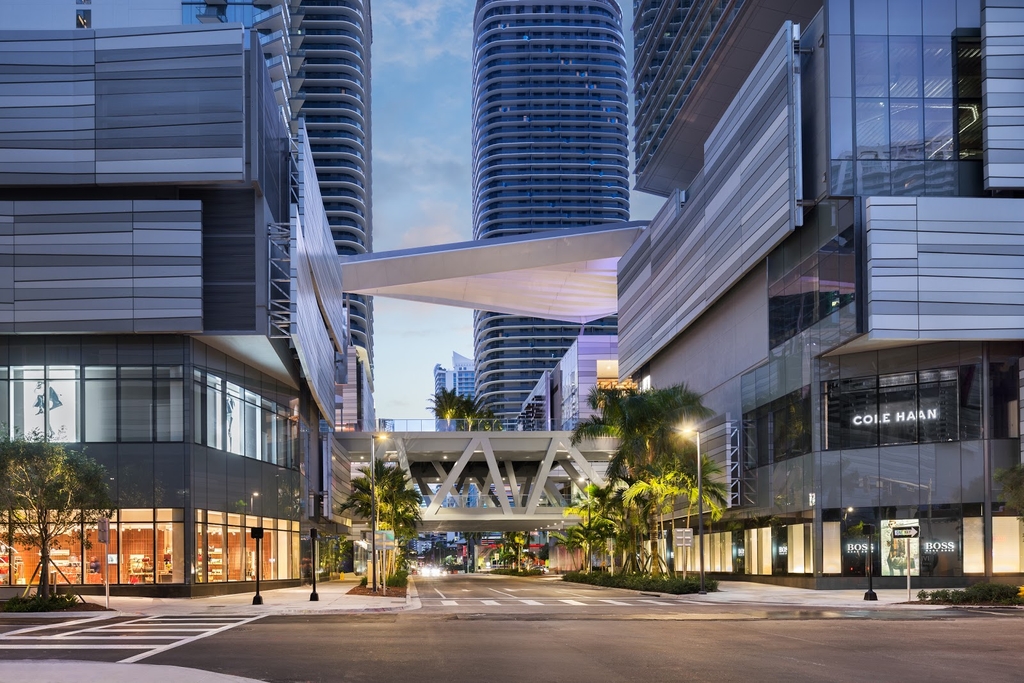
Brickell City Centre (Exterior Architecture) (Source: Google Maps)
Brickell City Centre is a remarkable urban complex that showcases innovative and eco-friendly architectural design. While visitors can admire the exterior, the complex features a mix of residential, commercial, and retail spaces, all thoughtfully integrated into the Miami landscape. The design incorporates sustainable technologies, such as a climate ribbon that enhances energy efficiency and comfort for visitors. This architectural marvel is a testament to modern urban development and has become a hub for shopping, dining, and entertainment in the Brickell area. Its striking design elements and commitment to sustainability make it a landmark of contemporary architecture in Miami.
Simpson Park Hammock
A preserved natural area amidst the urban environment, this park showcases Miami's native plant species and offers a serene walking path.
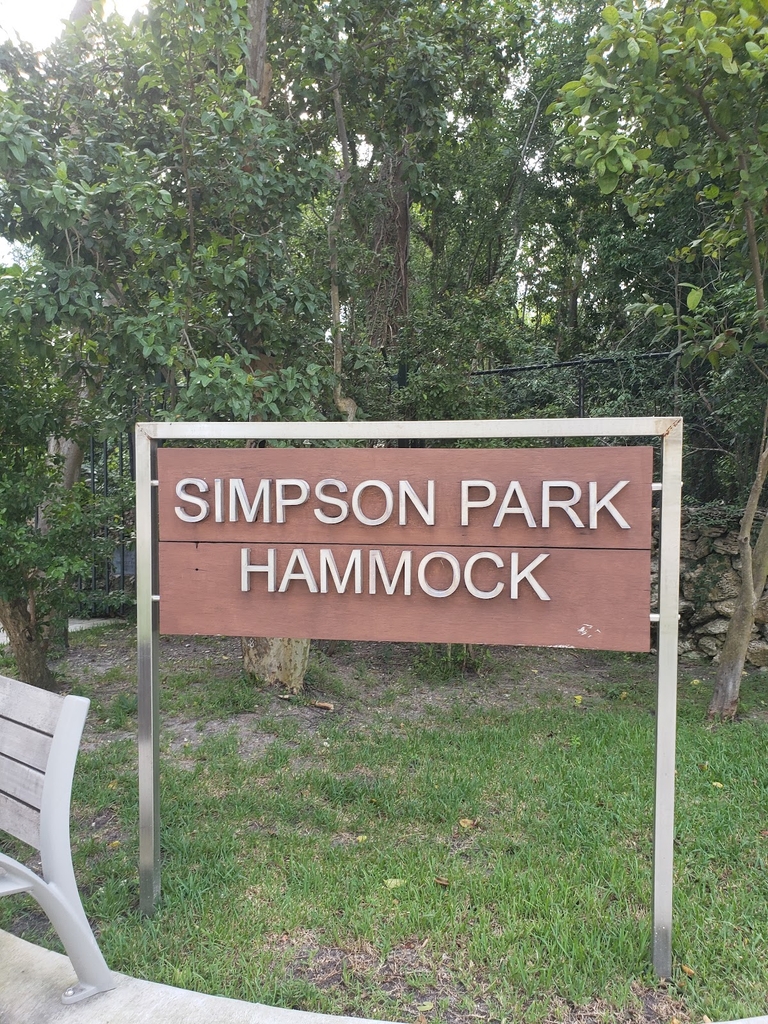
Simpson Park Hammock (Source: Google Maps)
Simpson Park Hammock is a preserved natural area that offers a glimpse into Miami's native ecosystem. This serene park features a variety of walking paths surrounded by lush vegetation and diverse plant species, showcasing the region's natural beauty. The park serves as a vital habitat for local wildlife and provides an important green space within the urban environment. Visitors can enjoy the tranquility of nature while exploring the park's trails and learning about Miami's native flora. Simpson Park Hammock is an essential spot for those seeking a peaceful retreat from the city's hustle and bustle.
The Miami Circle
An ancient archaeological site, the Miami Circle provides insight into the city's prehistoric past and its early inhabitants.
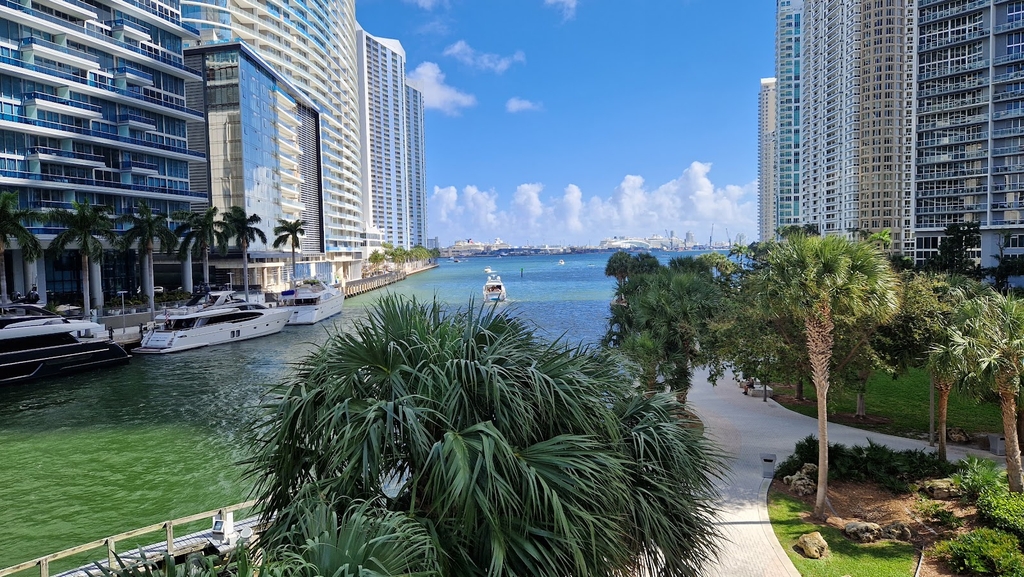
The Miami Circle (Source: Google Maps)
The Miami Circle is an ancient archaeological site that provides invaluable insight into the region's prehistoric past. Discovered in 1998, the site features a circular arrangement of holes, believed to be remnants of a dwelling constructed by the Tequesta Indians over 2,000 years ago. The Miami Circle is significant as it is one of the few known prehistoric sites in the southeastern United States, highlighting the area's rich Native American heritage. Archaeologists continue to study the site, which has been designated as a historic landmark, ensuring its preservation for future generations. The Miami Circle represents a critical piece of Miami's history and cultural identity.
Olympia Theater
Originally a silent movie palace, this beautifully restored theater is a cultural gem, showcasing stunning Mediterranean Revival architecture.
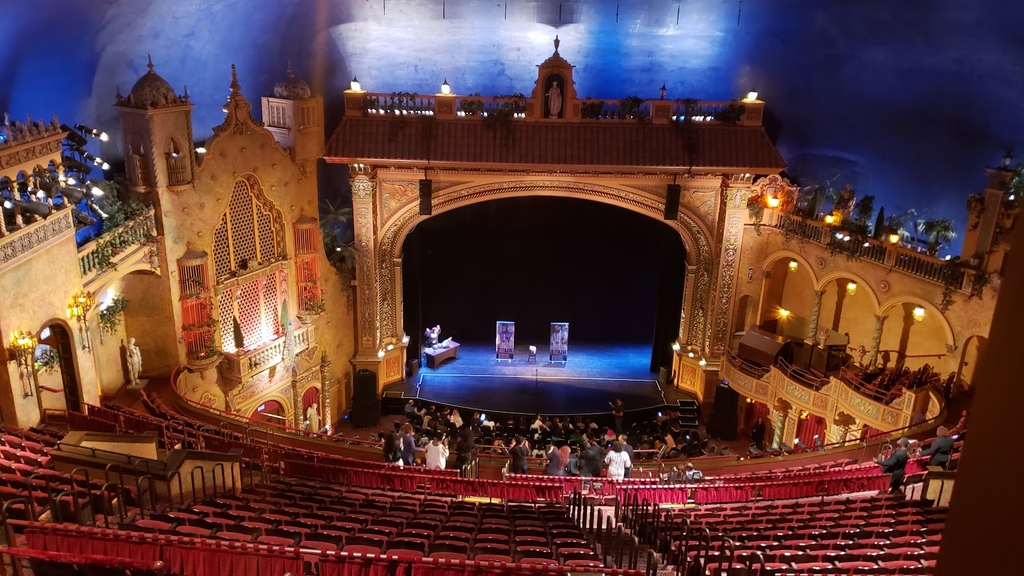
Olympia Theater (Source: Google Maps)
The Olympia Theater, originally opened in 1926 as a silent movie palace, is a beautifully restored venue that showcases stunning Mediterranean Revival architecture. The theater features intricate details, including ornate plasterwork and a grand chandelier, creating a captivating atmosphere for performances. Over the years, it has hosted a variety of events, including concerts, films, and community gatherings, making it a cultural gem in Miami. The theater's historical significance and architectural beauty attract visitors from all over, as it stands as a testament to Miami's rich entertainment history and commitment to preserving its cultural heritage.

Your travels, your rules.
Create your own Free Walking Tours.
Set your preferences, distances and anything you want to do or see.
Completely free, no payment required.